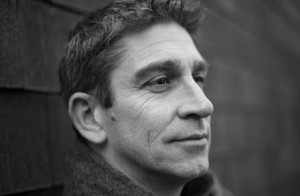Given the contemporary poets I’m looking at (such as Blanco, Myles, and Gibson), I believe I’ll have more interaction with lesbian and gay identities for this archive. Lesbian and gay poets are the most easily accessible identities I’ve seen in other queer poetry archives; this may branch back to the history of queer poetry, such as with Wilde and Whitman. Even in the general population, lesbian and gay individuals are more likely to be “out” than people with other identities in the LGBT spectrum. This makes it harder to find other LGBT poets writing about their experiences.
However, because I’m focusing on contemporary literature, I think there’s a more likely chance I’ll engage with bisexual, transgender, and questioning poets than if I was focusing on another era of queer poetry. While there’s still rampant bisexual erasure and exclusivity of transgender individuals, there are more that are coming out and becoming visible. I would love to look at bisexual poets like June Jordan and transgender poets like Trace Peterson. That could help increase inclusivity and visibility while battling intersectionality concerns. I don’t want other identities in queer poetry to be ignored just because they’re less frequent. Frequency and quantity does not relate to importance and quality.

